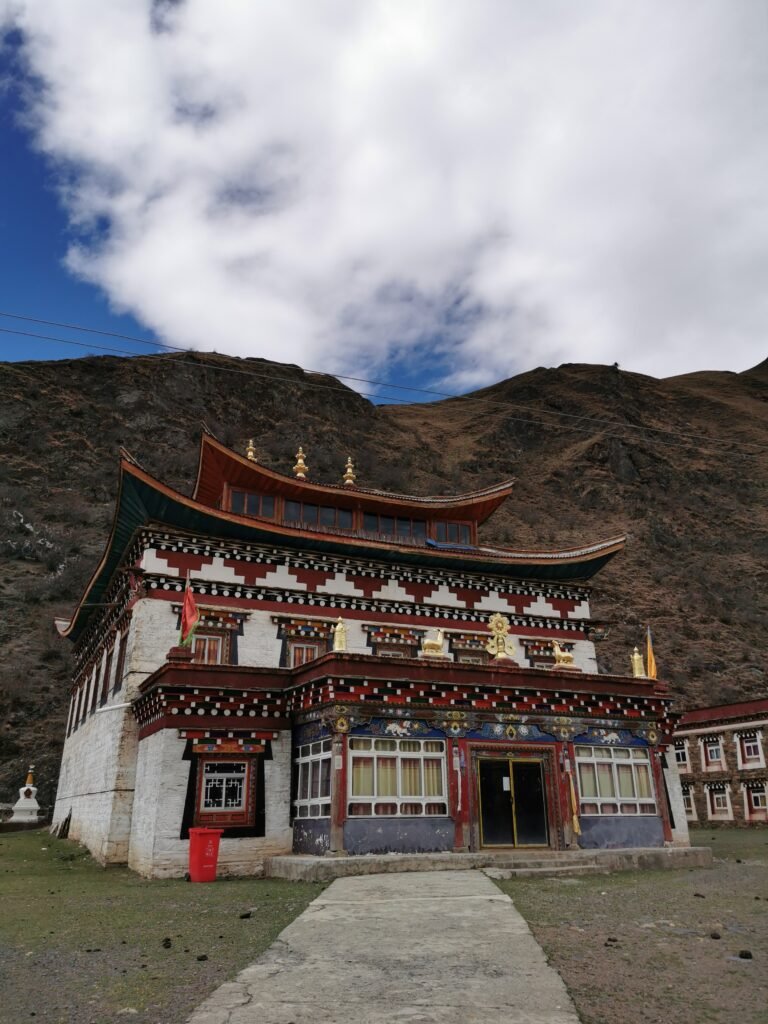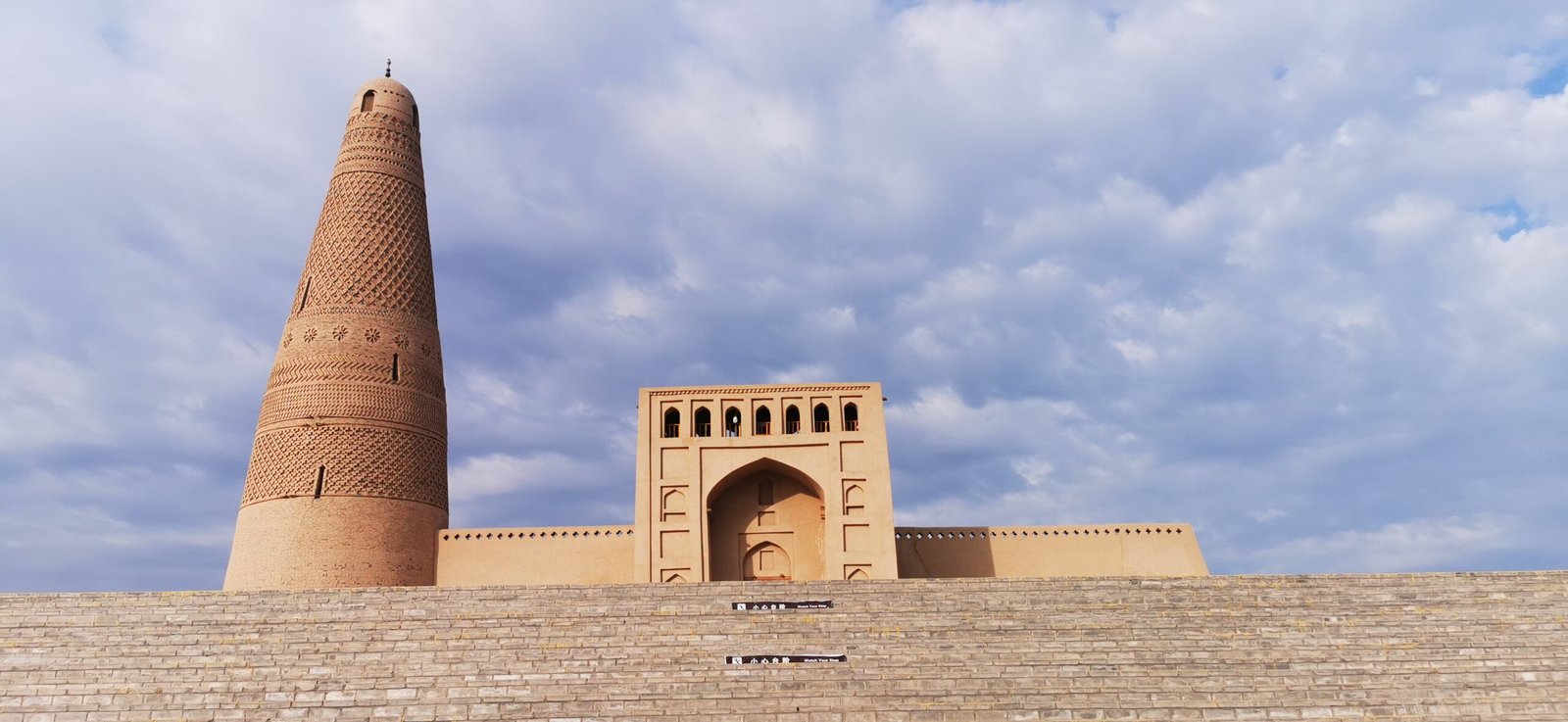Although Buddhism was born in ancient India, its most popular place was China. Back in the era of the East Han dynasty (about 68 A.D.), the first Chinese Buddhist chapel, the White Horse Temple (白馬寺) was set up in Luoyang City, the eastern capital of the empire.
Generally, Buddhism spread into China through two main pathways, the north route and the south one. In the northern part, active merchants on the Silk Road took this fresh Western religion along with their goods into the Capital Chang’an, this line passed through the Takla Makan Desert and the Hexi Corridor.
The south route connected Thailand, Myanmar, and the southwest border of China. However, through it, Buddhism didn’t go further into China and stayed in the southwestern Yunnan province, known as Hinayana.
Buddhism booming in general Tibetan area
Besides the two ways above, there was another passage through which Buddhism entered the Tibet-Qinghai plateau in the 7th century. After mixing religious theory and local cultures, this branch boosted and developed extensively across the general Tibetan area (you can get the explanation in this article) in China, usually called Tibetan Buddhism.

Nowadays, the Buddhist faith is the prominent spiritual thought of every Tibetan individual. Religious activities play significant roles in their daily lives, and the residents consecrate most of their wealth to temples for the Buddha’s blessing.
Buddhist temples widely distributed in Sichuan’s Tibetan villages
A branch of Tibetans live in the west mountainous area of Sichuan province, known as the gate to Tibet. For the convenience of reaching the pure Han district towards the east and pure Tibetans towards the west, this place evolved into a mixture of both ethnicities.
If you ever had a chance to travel there, you could find that most Tibetans were used to the Han’s foods, language, agricultural technologies, advanced infrastructures, etc. However, they kept Tibetan Buddhism entirely, and for the reason of living richer lives than their compatriots in the plateau, religious devotion here seemed more generous.
Most Tibetan villages are distributed along the valleys, each of them comprised of dozens of families. Honestly, that’s not a considerable scale compared with Han villages. Nevertheless, every village, whether big or tiny, has a solemn Buddhist temple, which often takes the best building site in the community.

The formats of the temples vary by the scales. In a big temple, there are main and accessary palaces, pagodas, corridors, etc. otherwise, there may be just a chapel in a tiny one. Even from an outcomer perspective, it is obvious that the temple assembles most of the wealth of the village. The main palace took much more advantage of architectural technology than rough dwellings, it’s built in two or three layers, taking control of the village’s skyline. And its most impressive part is the golden decorated roof, which is shining and stands out even from kilometers away, it is rare in the other Tibetan districts.
Characteristic Tibetan Buddhist architectures in Sichuan province
The main palace represents unique characters, and it is a compound of Han and Tibetan buildings. In detail, the body remains in the masonry style of Tibet, while the upper part adapts the Han style modeling, usually a so-called ‘Xieshan’(歇山) roof.
I guess it’s the result of the influence of the particular environment of the western part of Sichuan. The living valleys are rich in slates, which are ideal raw materials for masonry walls. The residents lay them slayer by slayer to construct force-bearing walls, then add wooden beams across the walls to create spaces. The masonry must load most burden from the upper constructions for the lack of columns in the outer walls, the windows should be kept on a small scale to assure the walls’ stability. For the same reason, every masonry wall is constructed thicker at the bottom than at the upper part. These measures caused the building to have a solid trapezoidal form, which looked like a geometrical rock.
Till they finish the body’s construction, the Tibetans adopt their traditional technologies. However, when implementing the roof, they chose another method that was more related to the Han style. In the rainy valleys, the roof must drain reserved water as fast as possible to prevent the house from probable damage by the water penetration, the flat roof which is popular in the dry Tibet plateau seems unsuitable. They duplicate slope roofs of the Han style house to resolve the drainage issue, however, rather than rough gable slope roofs of fork residences, they choose the more elegant ‘Xieshan’(歇山) roofs to highlight the temples’ dignity.

The simulation of the Han style extends to the combining site between the roof and the wall. They are used to painting Han ‘Dougong’(斗拱) patterns on the wall top, although the fake Dougong has no force-bearing function like a real one, it indeed is a transitional conjunction from the building body to the roof visually.

